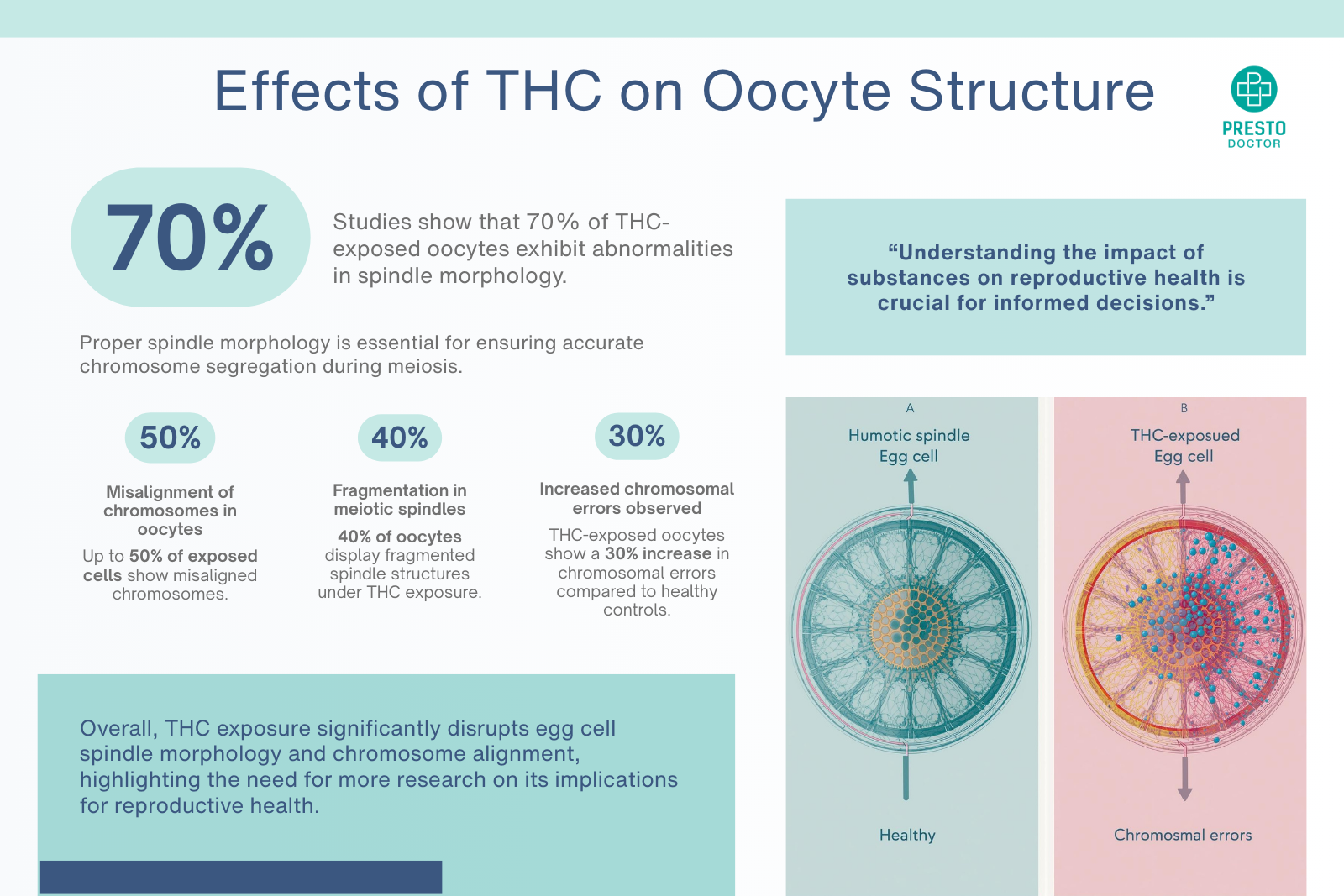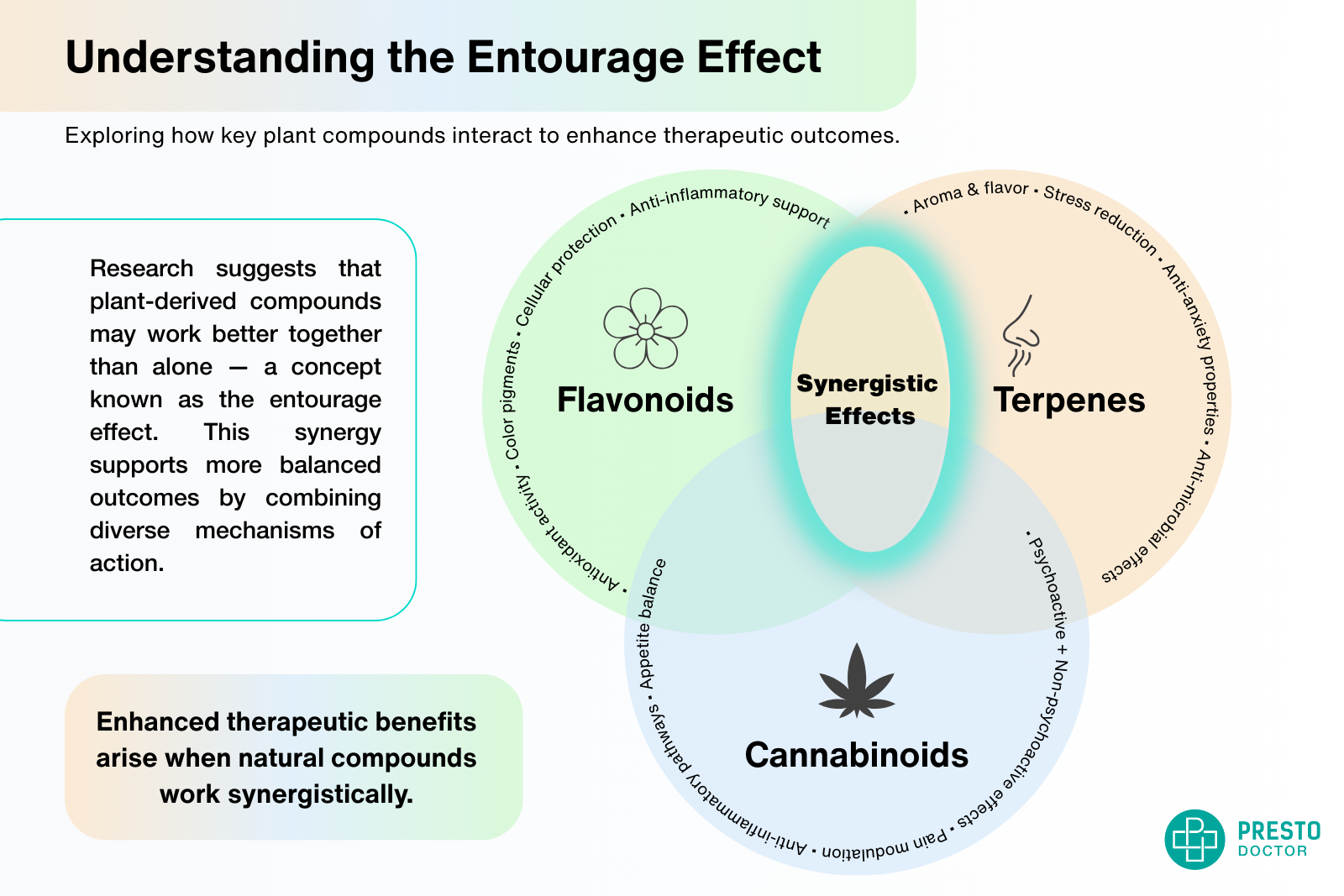
Marinol, also known as Dronabinol, is a medication used to treat a variety of conditions, including nausea and vomiting caused by chemotherapy, loss of appetite and weight loss in people with HIV/AIDS, as well as chronic pain. It is a synthetic form of THC, the active ingredient found in marijuana. Despite its widespread use, there is still a great deal of confusion and misinformation surrounding Marinol. Is Marinol the same as THC?
In this post, we will unveil the facts about Marinol, including its THC content, uses, and potential side effects. We will also explore how it compares to other medical marijuana products, and what you should know before deciding if Marinol is right for you. Whether you are a medical professional, a patient, or simply someone curious about the world of medical marijuana, this post will provide you with the information you need to make informed decisions about your health.
Introduction to Marinol
Marinol, also known as dronabinol, is a medication that has gained significant attention in recent years for its potential therapeutic benefits. Derived from the cannabis plant, Marinol contains synthetic THC (delta-9-tetrahydrocannabinol), which is the primary psychoactive compound found in marijuana. However, unlike marijuana, Marinol is a FDA-approved pharmaceutical drug.
Initially developed in the 1980s, Marinol was primarily used to alleviate symptoms associated with chemotherapy-induced nausea and vomiting. It was later approved for the treatment of anorexia in patients with HIV/AIDS who experience severe weight loss. This medication has been found to stimulate appetite and reduce nausea, providing relief to patients undergoing these treatments.
One of the key advantages of Marinol is that it allows for standardized dosing, providing consistent and predictable effects. This can be particularly beneficial for healthcare professionals who need to prescribe medication with precise measurements.
It is important to note that Marinol is not the same as medical marijuana or CBD products. While they all come from the cannabis plant, Marinol is a synthetic form of THC. On the other hand, medical marijuana and CBD products typically contain various compounds derived directly from the plant.
What is Marinol? Understanding Its Composition and THC Content
Marinol, also known by generic name Dronabinol, is a medication that has been generating curiosity among individuals seeking alternative treatments. To truly understand Marinol, it is imperative to understand its composition and the levels of THC it contains.
Marinol is a synthetic form of delta-9-tetrahydrocannabinol (THC), which is the principal psychoactive component present in the Cannabis sativa plant. Unlike natural cannabis, which contains a combination of various cannabinoids, Marinol is a pure and isolated THC compound. This ensures consistent potency and eliminates the variability observed in natural cannabis products.
One of the key factors that sets Marinol apart is its THC content. Each Marinol capsule typically contains either 2.5, 5, or 10 milligrams of THC. This standardized dosage allows for precise control and administration, ensuring patients receive a consistent amount of THC with each dose.
It is essential to note that Marinol has a higher concentration of THC compared to most strains of natural cannabis. This concentrated form of THC is carefully formulated to provide therapeutic benefits without the psychoactive effects commonly associated with recreational cannabis use. While Marinol may induce mild euphoria in some patients, it is generally has a lower potential for abuse and addiction compared to natural cannabis.
The controlled and predictable THC content in Marinol makes it a good option or patients seeking relief from specific symptoms. By understanding the composition of Marinol, individuals can make decisions about its potential uses and benefits in their healthcare journeys.
The Medical Uses of Marinol
One of the primary medical uses of Marinol is its ability to alleviate nausea and vomiting. This is particularly forpatients undergoing chemotherapy. Chemotherapy-induced nausea and vomiting can be debilitating and greatly impact the quality of life for cancer patients. Marinol has shown promising results in reducing these symptoms, providing much-needed relief and allowing patients to better tolerate their treatment.
Another area where Marinol has shown efficacy is in stimulating appetite. It is often prescribed to individuals suffering from appetite loss or weight loss associated with conditions such as HIV/AIDS or anorexia. By boosting appetite, Marinol helps patients regain lost weight and improve their nutritional intake. This ultimately enhances their overall health and well-being.
Furthermore, Marinol has demonstrated potential in managing chronic pain, especially in cases where conventional pain medications have proven ineffective. Whether it’s neuropathic pain, musculoskeletal pain, or pain associated with other medical conditions, Marinol can offer relief and improve the quality of life for individuals suffering from chronic pain.
It is worth noting that Marinol is a prescription medication. It should only be used under the guidance of a healthcare professional. The dosage and treatment duration may vary depending on the patient’s specific condition and medical history.
While Marinol exhibits significant potential in the medical field, it is important to understand that individual responses may vary, and it may not be suitable for everyone. Consulting with a healthcare provider is crucial to determine the appropriateness of Marinol as a treatment option and to ensure its safe and effective use.
Marinol has emerged as a valuable medical option for addressing various conditions, including chemotherapy-induced nausea and vomiting, appetite loss, and chronic pain. Its therapeutic benefits make it an important tool in improving the well-being of patients facing these challenges.
How Does Marinol Work in the Body?
Marinol, also known as Dronabinol, is a medication that contains synthetic delta-9-tetrahydrocannabinol (THC), the primary psychoactive compound found in cannabis. This section will shed light on how Marinol works within the body and the mechanisms behind its therapeutic effects.
When Marinol is ingested orally, it is absorbed by the gastrointestinal tract and metabolized by the liver. The active ingredient, THC, then binds to cannabinoid receptors in the brain, specifically targeting the CB1 receptors. These receptors are primarily found in areas of the brain associated with mood, appetite, nausea, and pain sensation.
By binding to CB1 receptors, Marinol mimics the effects of naturally occurring cannabinoids in the body. This interaction leads to various physiological and psychological responses. For instance, it can help stimulate appetite in patients undergoing chemotherapy or individuals with HIV/AIDS-associated anorexia.
Moreover, Marinol’s activation of CB1 receptors can help alleviate nausea and vomiting caused by chemotherapy or other medical conditions. This mechanism of action makes it a valuable option for individuals who experience treatment-induced nausea and have not found relief from traditional antiemetic medications.
Furthermore, Marinol’s interaction with CB1 receptors can also contribute to analgesic effects, providing relief from pain in certain medical conditions. However, it’s important to note that the pain-relieving properties of Marinol are still being studied. More research is necessary to fully understand its efficacy in different pain management scenarios.
Marinol’s pharmacokinetics and duration of effects can vary among individuals. Factors such as metabolism, dosage, and individual tolerance can influence how long the medication remains active in the body. Generally, the effects of Marinol come on within 1-3 hours after consumption and can last for up to 6 hours.
Potential Benefits and Effects of Marinol
Marinol, also known as Dronabinol, is a prescription medication that contains synthetic THC (tetrahydrocannabinol), the primary psychoactive compound found in cannabis. While cannabis is still a controversial topic, Marinol has been approved by the FDA for specific medical uses.
One of the potential benefits of Marinol is its ability to stimulate appetite in patients undergoing chemotherapy or suffering from AIDS-related wasting syndrome. Many cancer patients experience loss of appetite and weight loss due to the side effects of chemotherapy. Marinol can help increase their appetite, leading to improved nutrition and overall well-being.
Another potential benefit of Marinol is its use in managing nausea and vomiting caused by chemotherapy. These side effects can be debilitating and impact the quality of life for cancer patients. Marinol can provide relief and help patients tolerate their cancer treatments more effectively.
Furthermore, Marinol has shown promise in managing chronic pain, particularly neuropathic pain. It can help alleviate pain associated with conditions such as multiple sclerosis and spinal cord injuries. By targeting the endocannabinoid system, Marinol can provide pain relief and improve the quality of life for individuals suffering from chronic pain.
It is important to note that Marinol may have side effects, including drowsiness, dizziness, mood changes, and dry mouth. Additionally, like any medication, it may not be suitable for everyone, and use should be under the guidance and supervision of a healthcare professional.
While Marinol may not be the right choice for everyone, it offers potential benefits for individuals struggling with certain medical conditions. As with any medical treatment, it is crucial to consult with a healthcare provider to determine if Marinol is appropriate for your specific needs and to discuss potential risks and benefits.
Side Effects and Precautions of Marinol
Before considering the use of Marinol, it is crucial to be aware of the potential side effects and precautions associated with this medication.
One of the most commonly reported side effects of Marinol is drowsiness or dizziness. This can impair your ability to operate machinery or engage in activities that require alertness. Health professionals advise to avoid driving or performing tasks that require full concentration until you know how Marinol affects you personally.
In some cases, individuals may experience mood changes, including feelings of euphoria or dysphoria. It is important to monitor your emotional well-being while taking Marinol and seek medical advice if you notice significant changes in your mood.
Another potential side effect is an increased heart rate or palpitations. If you have a history of heart conditions or are at risk for cardiovascular issues, it is important to consult with your healthcare provider before starting Marinol.
Additionally, Marinol may interact with other medications you are taking. It is crucial to inform your doctor about any other medications, including over-the-counter drugs and supplements, to avoid adverse interactions.
It is worth noting that Marinol contains THC, the psychoactive component found in cannabis. As a result, it may cause psychoactive effects such as altered perception, confusion, or hallucinations. It is important to use Marinol under medical supervision and follow the prescribed dosage to minimize these effects.
Lastly, avoid using Marinol during pregnancy or while breastfeeding, as its effects on unborn babies or infants are not conclusive.
As with any medication, always consult your healthcare provider before starting Marinol. They can provide personalized advice based on your medical history, current medications, and specific needs, ensuring that you can make an informed decision regarding its use.
Is Marinol Addictive?
One of the common questions people have about Marinol is whether it is addictive. It’s crucial to have a clear understanding of the potential addictive properties of any medication before incorporating it into your treatment plan.
Unlike marijuana, which has addictive properties, Marinol has a lower potential for addiction. The synthetic THC in Marinol is carefully formulated and regulated, ensuring consistent dosage and minimizing the risk of dependence.
However, it’s essential to follow the prescribed dosage and usage guidelines provided by your healthcare provider. Misuse or abuse of Marinol can lead to unwanted side effects and potential dependency.
If you have a history of substance abuse or addiction, it is essential to discuss this with your doctor before considering Marinol as a treatment option. They can provide expert guidance and help you make an informed decision based on your individual circumstances.
As with any medication, closely monitoring your usage and consulting with your healthcare provider regularly is crucial to ensure the safe and effective use of Marinol. By following the recommended guidelines and seeking professional advice, you can benefit from the therapeutic effects of Marinol while minimizing the risk of addiction.
Comparing Marinol to Medical Cannabis
Marinol and medical cannabis are two options that individuals may consider for managing certain health conditions. While they may share similarities, it is important to understand the differences between the two.
Marinol, also known as Dronabinol, is a synthetic form of THC, the active compound found in cannabis. It is available in capsule form and is FDA-approved for treating nausea and vomiting associated with chemotherapy and for stimulating appetite in patients with AIDS-related weight loss.
On the other hand, medical cannabis refers to the use of the whole plant or its extracts for medical purposes. It contains various cannabinoids, including THC and CBD, which can provide therapeutic benefits for a range of conditions such as chronic pain, epilepsy, multiple sclerosis, and more.
One key distinction between Marinol and medical cannabis is the method of administration. Marinol comes in a standardized dose in capsule form. Medical cannabis consumption has various methods, including smoking, vaping, edibles, oils, and topicals. This allows individuals to choose the most suitable method based on their preferences and needs.
Another significant difference is the THC content. Marinol contains pure THC. Medical cannabis can have varying levels of THC and CBD, depending on the strain and formulation. This difference in cannabinoid composition may impact the overall effects and therapeutic potential of each option.
Moreover, the legality and accessibility of Marinol and medical cannabis can vary. Marinol is a prescription medication under regulation by the FDA, while medical cannabis laws differ among states and countries. Some regions have legalized medical cannabis, allowing patients to obtain it with a doctor’s recommendation or prescription.
Conclusion: Marinol
In conclusion, it is crucial to assess the value and potential of Marinol, considering its THC content and various uses. Marinol, as a synthetic form of THC, has shown promise in alleviating symptoms associated with chemotherapy-induced nausea and vomiting, as well as improving appetite in patients with AIDS-related wasting syndrome.
While Marinol may not be suitable for everyone due to its psychoactive effects and potential side effects, it can be a viable option for individuals who have not experienced relief from traditional treatments or who may benefit from the specific properties of synthetic THC.
Furthermore, it is important to consult with healthcare professionals and conduct thorough research before considering the use of Marinol or any other medication. Understanding the potential benefits, risks, and individual circumstances is crucial in making informed decisions about one’s health and well-being.
Overall, Marinol offers a unique alternative for individuals seeking relief from specific medical conditions. Its THC content and various uses make it a valuable option to explore under the guidance and supervision of healthcare professionals. As research and understanding continue to evolve, Marinol’s place in medical treatment may become even more significant.






